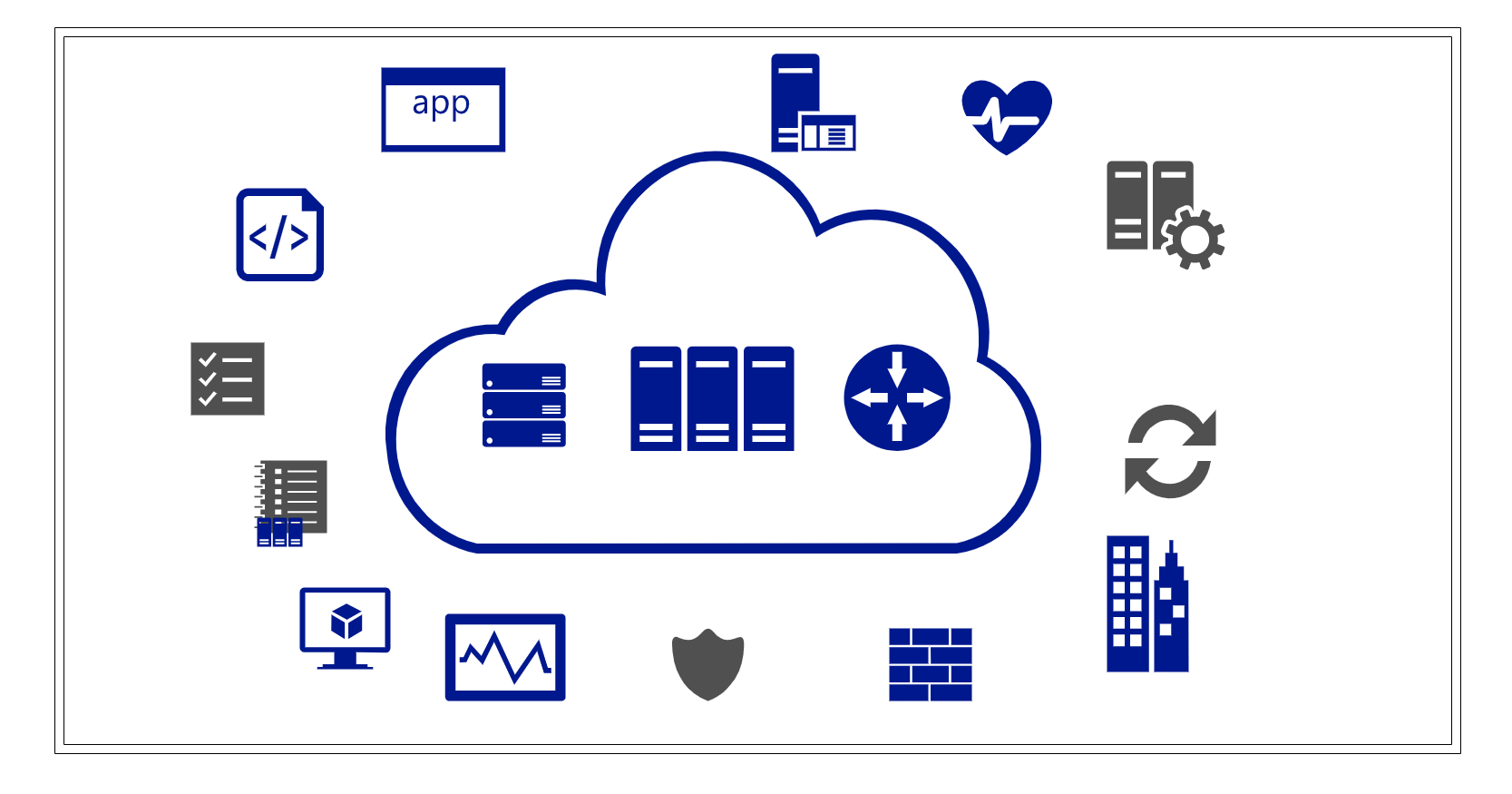The Need for Cloud Foundation
Leveraging the Cloud Adoption Framework
In today’s digital age, businesses and organizations rely heavily on cloud computing to scale their operations, increase efficiency, and reduce costs. Cloud computing has become an essential component of modern IT infrastructure, providing flexible and scalable resources that can be quickly provisioned and managed. However, as the complexity of cloud environments grows, ensuring security, compliance, and governance becomes increasingly challenging.
To address these challenges, cloud providers such as Amazon Web Services (AWS), Google Cloud Platform (GCP), and Microsoft Azure have developed cloud adoption frameworks 1 that provide a comprehensive approach to cloud adoption. These frameworks help organizations build a strong foundation for their cloud environments, ensuring that their cloud environments are secure, compliant, and well-governed.
In the early years of working with the cloud, I have often felt that based on the operational model, you can create and deploy the required resource or full architecture as designed with everything up and running in no time. Over time, this has changed due to the increased rate of cloud adoption.
Having been part of multiple designs, deployments and migrations, leveraging the framework has been highly beneficial in making best practice decisions for adopting the cloud during the digital transformation journey. Well-known cloud providers have vast documentation with examples and templates 2 that explain in detail how to leverage their platform and create the proper frameworks.
What is Cloud Foundation?
Cloud Foundation refers to the underlying infrastructure and services that support cloud workloads. It includes networking, computing, storage, security, and management services that provide the foundation for building and running cloud applications. Cloud Foundation is critical to the success of cloud adoption because it provides a solid base for building and scaling cloud workloads.
Cloud Adoption Framework
The Cloud Adoption Framework (CAF) is a set of best practices, tools, and resources designed to help organizations build and implement cloud strategies. It provides a comprehensive approach to cloud adoption that covers all aspects of the cloud journey, from planning and design to deployment and operations. CAF provides a structured approach to cloud adoption that focuses on business outcomes, risk management, and governance.
It helps organizations identify their cloud goals and develop a plan to achieve them while ensuring that their cloud environments are secure, compliant, and well-governed. CAF is available for major cloud providers and provides a set of common best practices that can be applied across the desired cloud platform. It majorly includes four main phases:
- Strategy – Define your cloud strategy and business objectives.
- Plan – Develop a detailed plan to achieve your cloud goals.
- Adopt – Implement your cloud plan deploy and or migrate workloads to the cloud.
- Govern – Manage and optimize your cloud environment to ensure compliance and governance.
Benefits of Cloud Foundation
Implementing a strong Cloud Foundation leveraging on the provider’s Cloud Adoption Framework offers numerous benefits to businesses and organizations, including:
- Scalability – Cloud Foundation provides the flexibility to scale resources up or down to meet changing business needs, ensuring that organizations can quickly respond to market demands.
- Cost Savings – By leveraging cloud services and infrastructure, organizations can reduce the costs associated with maintaining and managing their data centers.
- Agility – Cloud Foundation provides the agility to quickly develop and deploy new applications, allowing organizations to innovate and compete more effectively.
- Security – Cloud Foundation provides a secure infrastructure that is built to withstand cyber threats and ensure data privacy and compliance.
- Compliance – Cloud Foundation helps organizations meet regulatory compliance requirements by providing a framework for managing and securing data in the cloud.
Cloud computing has become a critical component of modern IT infrastructure, providing organizations with flexible, scalable, and cost-effective resources to support their operations. However, as the complexity of cloud environments grows, so does the need for a strong Cloud Foundation that provides a solid base for building and scaling cloud workloads.
Cloud Adoption Frameworks provide a comprehensive approach to cloud adoption, helping organizations build a strong Cloud Foundation that is secure, compliant, and well-governed. By leveraging these frameworks, organizations can reap the benefits of cloud computing while minimizing risk and ensuring business continuity. It’s best to start well; having a proper foundation can be of tremendous benefit at present and in the future.
Cloud Adoption Framework - AWS, GCP, Azure, Oracle Cloud, IBM Cloud, alibabacloud ↩
Cloud Foundation tools - AWS, GCP, Azure, Oracle Cloud ↩


